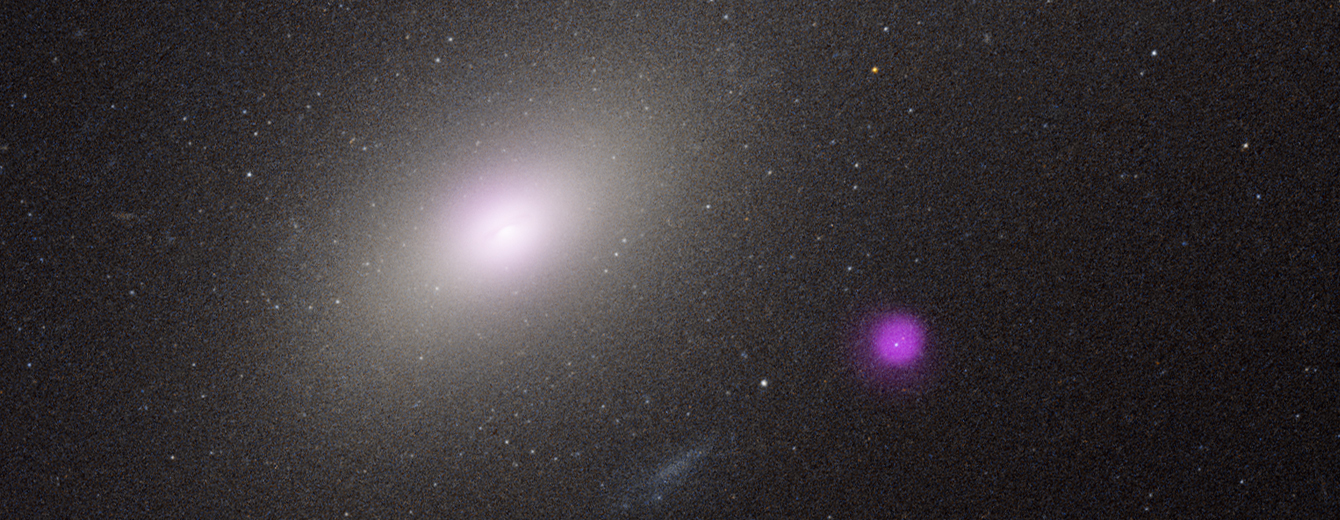
Hubble Looks at an Intermediate Black Hole Roaming Inside a Galaxy
Black holes, trap doors in space, come in a vast range of sizes. Some are a few times the mass of our Sun. The largest are billions of times the mass of our Sun. There is a curious gap in the range of black hole sizes. A rare class called “intermediate mass” black holes (IMBHs) weigh between a few hundred to a few 100,000 times the mass of our Sun. Unlike their much bigger cousins, monster black holes in the core of galaxies, they’re harder to find. They have to be caught in the act of foraging. When they occasionally devour a hapless bypassing star — in what astronomers call a tidal disruption event — they pour out a gusher of radiation. This has been captured both by the Hubble and Chandra space telescopes. A recent black hole fishing expedition found an IMBH nestled on the outskirts of a huge elliptical galaxy, NGC 6099, located 450 million light-years away. IMBHs represent a crucial missing link in black hole evolution between stellar mass and supermassive black holes.
Find additional resources at www.stsci.edu
You are receiving this email because you are subscribed to the Inbox Astronomy mailing list.